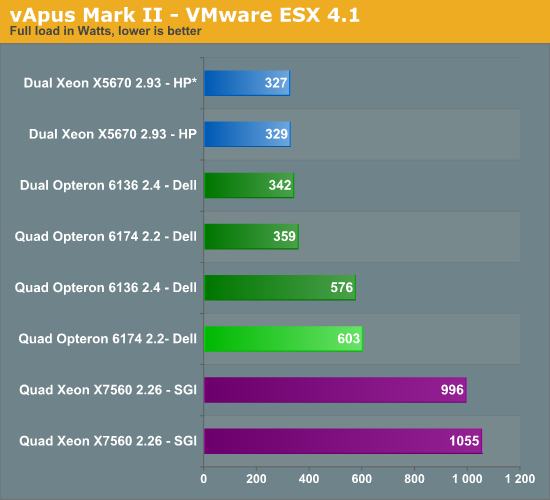In this case, I meant that it is possible for AMD to design the module so that one thread gets priority over the other thread. If they did this (which I am not sure would be all that useful) the first thread could have priority to all resources available on the module, and the second thread would have to wait until the first thread is done with that particular resource before it can use it.If you mean this to be an explanation of the Hot Chips statement, then I will have to disagree. The statement is 80% of the throughput of CMP. By this option you present, the max throughput will be 90% of CMP. We thus end up at square one with the Hot Chips vs JFAMD numbers. I believe this to be an unlikely explanation.
The other option would be to do it how Intel does it, and just have each resource come on a first-come, first-serve basis where it will slow down both threads on an individual thread basis, but should result in an overall faster application.
TBH, I think the 80% figure comes from the amount of resources that are shared. If only 20% of the resources are shared where only one thread can use the resource at a time, then that would make the 80% figure make sense. It would also make it a very conservative figure, since not all resources will be used at one time. Of course this is just my thought after reading through this recent line of questions about efficiency, since I had not thought about it before.






